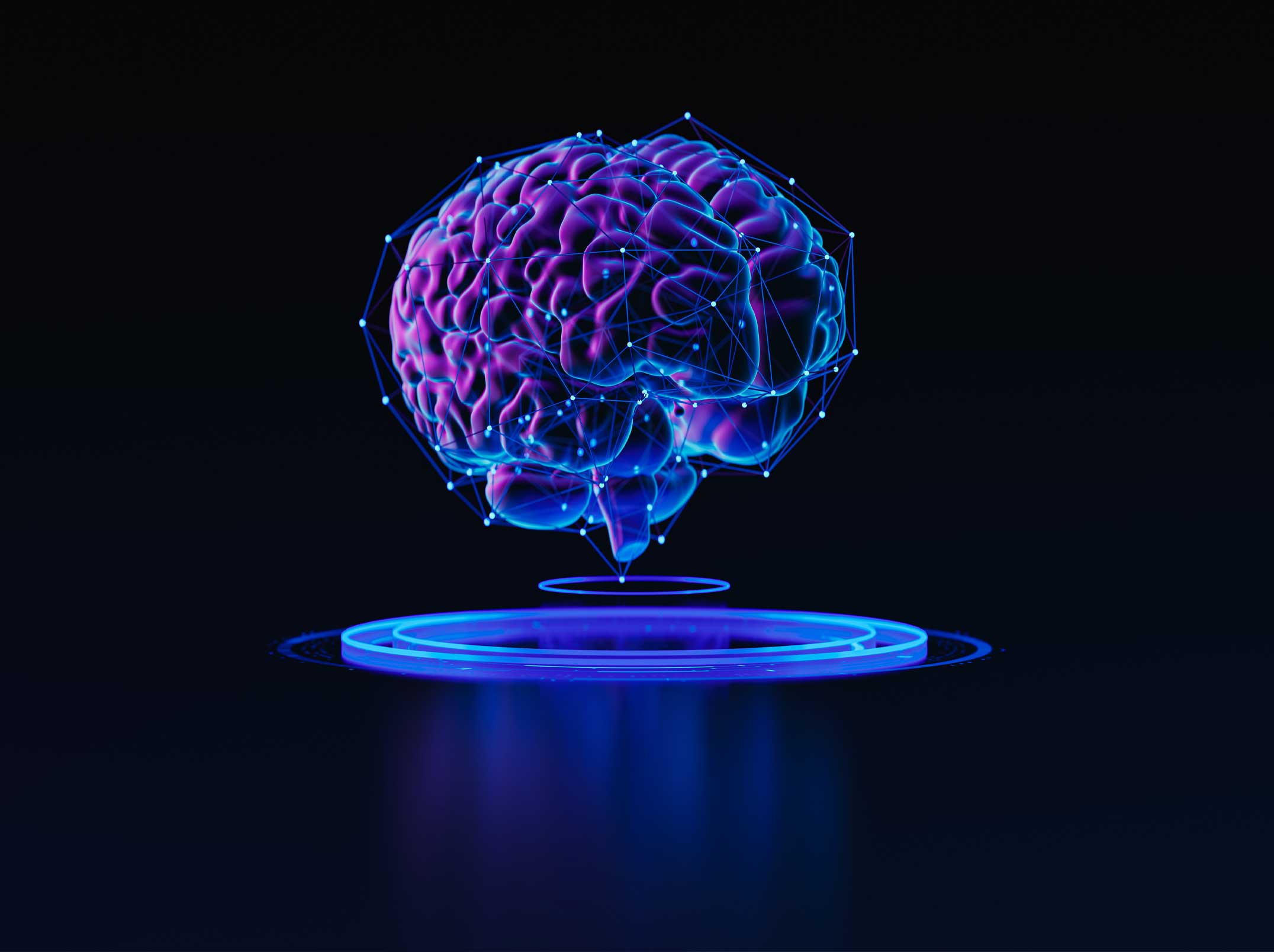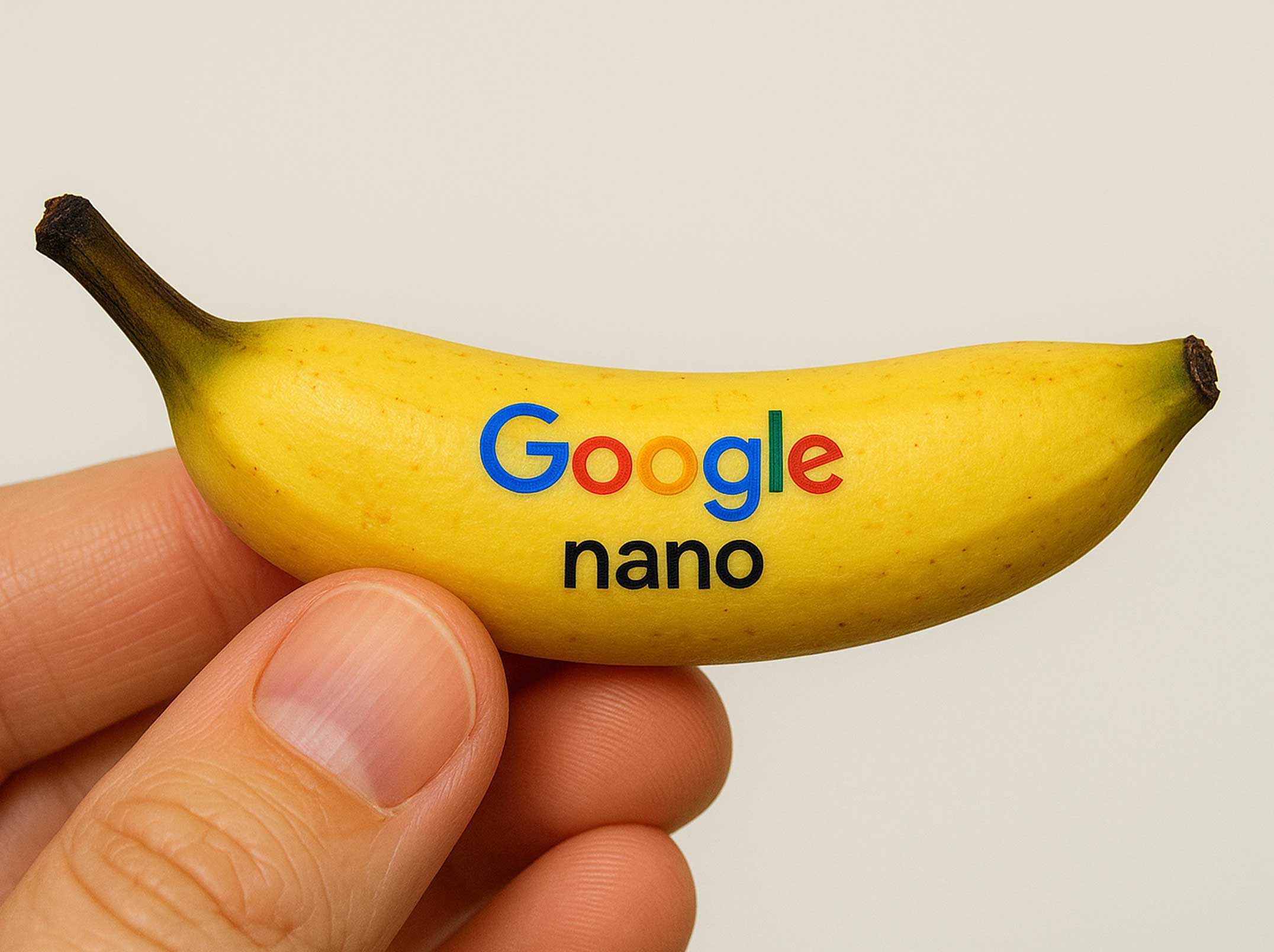TikTok Updates Rules on AI Content for Transparency
TikTok now requires clear labels for AI-generated content.

The proliferation of AI-generated content has introduced a new challenge for platforms striving to maintain user trust and content authenticity. In response to this evolving landscape, TikTok has proactively revised its Community Guidelines. These updates, which took effect on April 21, 2023, are designed to clearly differentiate between genuinely created and synthetically produced media, empowering users with the critical information needed to understand the content they encounter. This strategic move underscores TikTok's commitment to fostering a transparent digital environment where the nature of media is readily discernible.
Defining Synthetic Media
Defining "synthetic media" as any content generated or substantially altered by artificial intelligence, TikTok acknowledges both the immense creative potential and the inherent risks. While AI tools empower creators with innovative forms of expression, they simultaneously blur the lines between authentic and fabricated realities. To counteract the potential for misinformation and preserve trust, TikTok has implemented a clear mandate: all AI-generated or significantly modified content must now carry an explicit label. This strategic requirement provides viewers with crucial context, enabling them to critically assess the media they consume and better distinguish between genuine and artificial narratives.
Guidelines for AI-Generated Content
To reinforce its commitment to content authenticity, TikTok's revised guidelines now explicitly require creators to disclose any content that has been entirely generated or substantially edited using AI. This mandatory disclosure extends beyond minor aesthetic adjustments, specifically targeting instances where:
- Individuals are depicted engaging in actions they did not genuinely perform.
- Speech is manipulated to convey statements the person did not actually utter.
- A person's appearance is significantly altered to the point of being unrecognizable.
By rigorously enforcing these stipulations, TikTok aims to proactively combat the dissemination of misleading information and safeguard the overall integrity of its platform.
Restrictions on Synthetic Media Involving Individuals
TikTok's updated policies draw a clear line concerning synthetic media featuring real individuals, emphasizing consent and safeguarding against exploitation. The platform strictly prohibits AI-generated content that depicts private individuals—defined as anyone under 18 or adults who are not public figures—without their explicit permission.
While content involving public figures over 18, such as government officials, politicians, business leaders, and celebrities, is generally permitted, it is subject to significant constraints. Crucially, the use of AI-generated content of public figures for either political or commercial endorsements is explicitly forbidden, preventing misleading representations that could sway public opinion or consumer choices.
Implementation of AI Content Labels
To significantly bolster transparency, TikTok has implemented a dual-pronged approach to AI-generated content (AIGC labeling. First, it provides creators with intuitive tools to self-disclose AI involvement: creators can directly apply a label to their videos, utilize a specific hashtag sticker, or add clarifying context within the video's description. This empowers content producers to proactively inform their audience.
Complementing this, TikTok has initiated testing of automated labeling mechanisms. These systems are designed to detect and automatically tag content that has been created or significantly altered by AI. This comprehensive strategy ensures that viewers receive crucial information about the nature of the content they're engaging with, ultimately fostering a more transparent and authentic user experience across the platform.
Collaborations to Promote AI Transparency
Recognizing that the challenge of AI-generated content extends beyond its own platform, TikTok is actively engaging with industry experts and organizations to champion transparency. Through strategic partnerships, such as its collaboration with the Coalition for Content Provenance and Authenticity (C2PA), TikTok aims to foster and implement standardized labeling practices across the digital landscape. These broader collaborations are integral to a multifaceted effort: not only to inform users about the pervasive role of AI in content creation but also to strike a crucial balance between the efficiency offered by AI tools and the enduring value of human creativity.
Implications for Marketers and Content Creators
For marketers and content creators, TikTok's updated guidelines aren't just new rules; they represent a fundamental shift in how trust is built on the platform. Embracing transparency around AI-generated content (AIGC) can transform a potential challenge into a significant opportunity to forge stronger, more credible connections with audiences.
Best Practices for Marketers and Creators
To navigate these evolving standards and maximize your content's impact, consider these key practices:
- Clearly Label AI-Generated Content: Proactive disclosure is paramount. Leverage TikTok's native labeling tools—whether it's adding text overlays, hashtag stickers, or explicit context in your video descriptions—to inform viewers whenever AI has been used to create or significantly alter your content. This transparency empowers your audience and builds a foundation of trust.
- Strictly Adhere to Platform Policies: Staying compliant with TikTok's updated Community Guidelines is non-negotiable. Understanding the nuances of what constitutes "substantially edited" content, particularly concerning depictions of private individuals or misleading endorsements involving public figures, will help you avoid content removal and account penalties. Regular review of the guidelines ensures your strategy remains aligned.
- Balance AI Efficiency with Human Authenticity: While AI offers incredible efficiencies in content production, it's crucial to integrate it thoughtfully. The most resonant content often combines AI's capabilities for scale and innovation with genuine human creativity, emotion, and storytelling. Focus on how AI can enhance, rather than replace, the authentic connections that define successful content on TikTok.
Subscribe to our newsletter
Stay informed with the latest marketing trends, expert insights, and exclusive updates delivered monthly.




